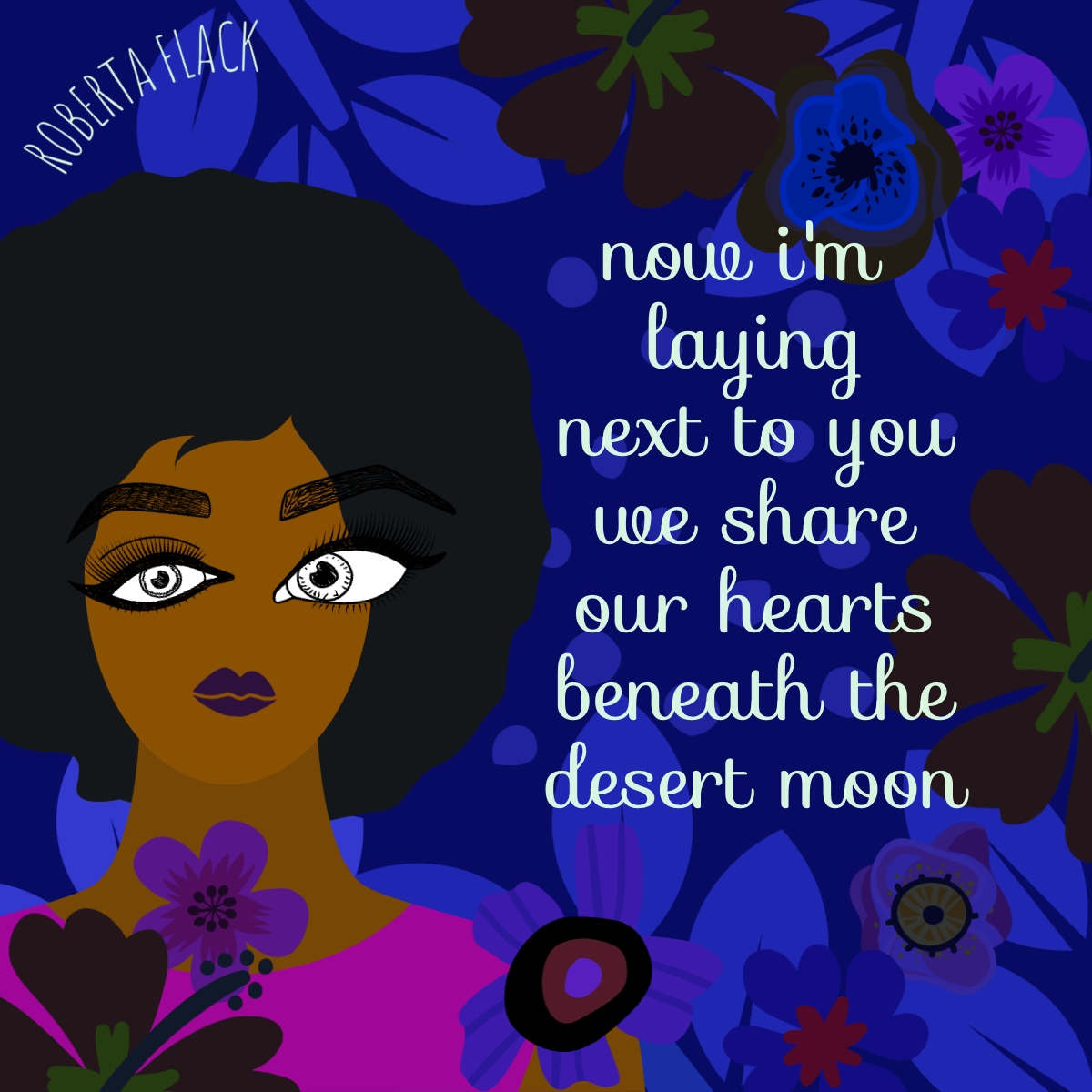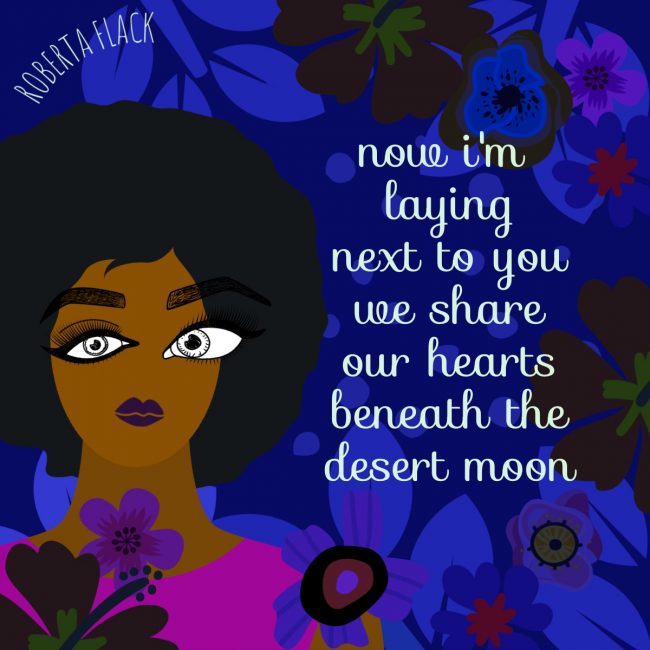From a fan’s deep admiration to becoming the star’s trusted producer, the friendship between Dionne Warwick and Luther Vandross blossomed beautifully over the years, much like the incredible music they created together. Here’s a delightful timeline of their remarkable musical journey.
As a young boy growing up in the Bronx, Luther Vandross was captivated by the power of music and found a hero in Dionne Warwick. Listening to her soothing voice on the radio sparked his passion. The moment he saw her perform live at the Brooklyn Fox Theater, it was like magic.
“She came on stage and just killed me,” he recalled, reflecting on how the serious nature of her music resonated with him. The song Anyone Who Has a Heart left an everlasting impact, inspiring him to chase his dreams in music.
Years later, Luther reminisced about how pivotal that experience was: “The person single-handedly responsible for me deciding to pursue artistic things was Dionne Warwick. It was at the Brooklyn Fox Theatre.” This early connection fueled his desire to create his musical legacy.
While studying in college in Michigan, Luther cleverly navigated his way backstage to meet his idol. He told the security team he was Dionne’s cousin, and when he finally got to meet her, he introduced himself with a grin. Dionne played along, and just like that, a beautiful friendship began to blossom. Their late-night phone calls often turned into lively discussions about their shared love for wrestling, showcasing the warmth and joy in their bond.
Dionne couldn’t help but praise Luther, calling him a “fantastic musician” and an “absolute joy” to work with. Their chemistry was undeniable, leading to a harmonious partnership.
The world first got to experience Luther’s incredible talent in 1981 with his debut album, Never Too Much. His breathtaking rendition of A House Is Not A Home quickly climbed the charts, becoming a staple on quiet storm radio stations nationwide. Dionne herself lauded his version, stating that Luther recorded the definitive rendition of her iconic song, making it uniquely his own.
In 1983, their collaboration deepened when Luther produced Dionne’s album How Many Times Can We Say Goodbye. He took the helm as the producer and lent his smooth vocals to a duet on the title track and co-wrote several songs for the album, including the enchanting So Amazing.
Just a few years later, Luther honorably covered So Amazing for his album Give Me The Reason in 1986, showcasing the strong influence Dionne continued to have on his career.
Interestingly, Dionne initially wanted Luther to join her on the iconic song That’s What Friends Are For, but due to scheduling conflicts, Elton John stepped in. However, the stars aligned in 1987 when Luther performed the song alongside Dionne, Whitney Houston, and Stevie Wonder at the Soul Train Music Awards, creating a performance that would echo through time.
The heartfelt anthem raised over $3 million for the American Foundation for AIDS Research (amfAR), exemplifying the artists’ commitment to important causes.
On that very night, Luther Vandross shined brightly, winning the Male Album of the Year award for Give Me the Reason, which featured his first top-20 pop hit, Stop to Love.
Throughout his career, Luther continued to honor Dionne’s legacy by reinterpreting her beloved songs from the legendary songwriting duo Burt Bacharach and Hal David, including unforgettable hits like Anyone Who Had a Heart, A House Is Not A Home, and Are You There (With Another Guy).
Their vibrant friendship and musical partnership created a lasting legacy that inspires artists and fans alike.







